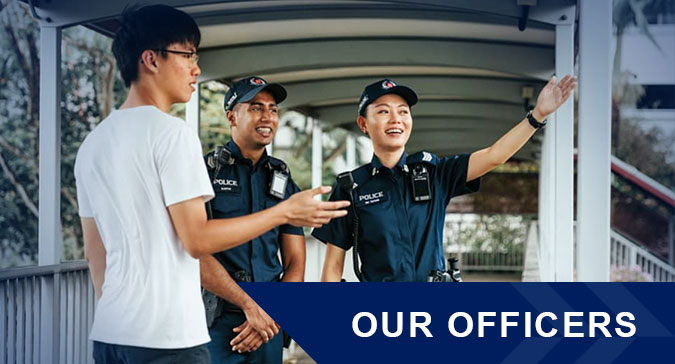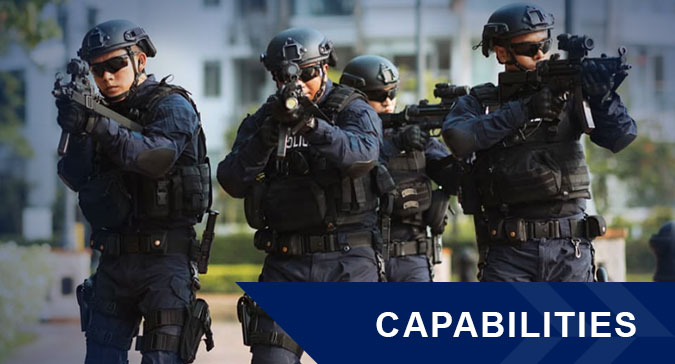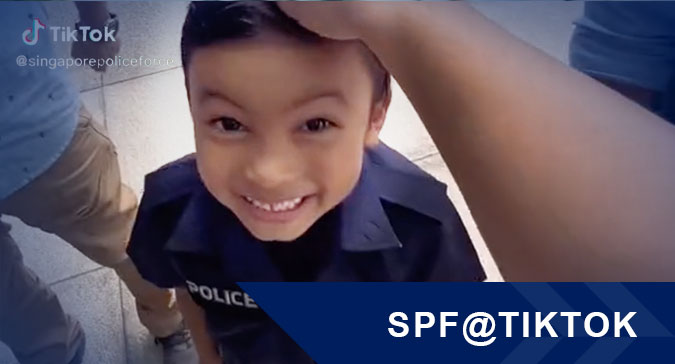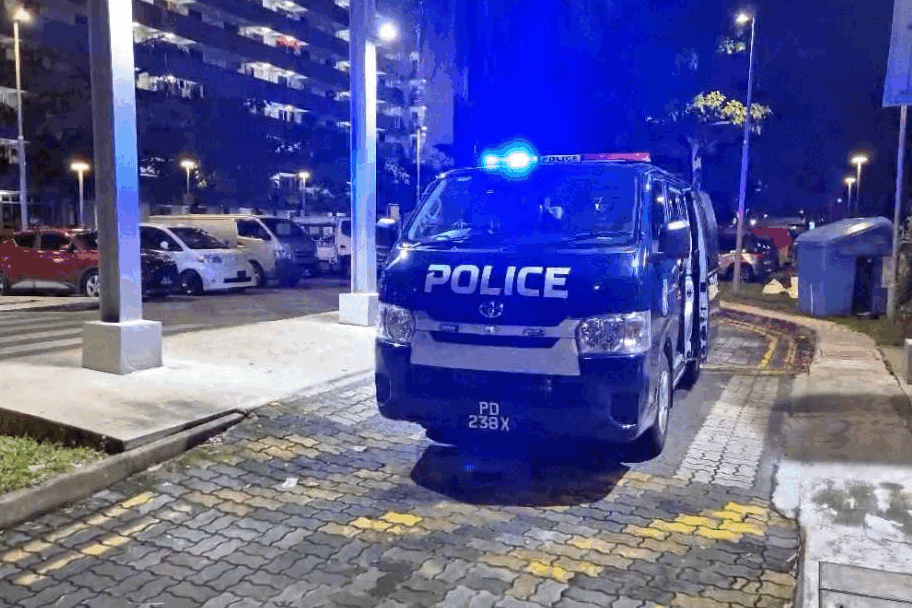Meet two unsung stalwarts of the SCB who’ve spent their careers in the shadows keeping Singapore safe and secure.
By: Domnic Dass
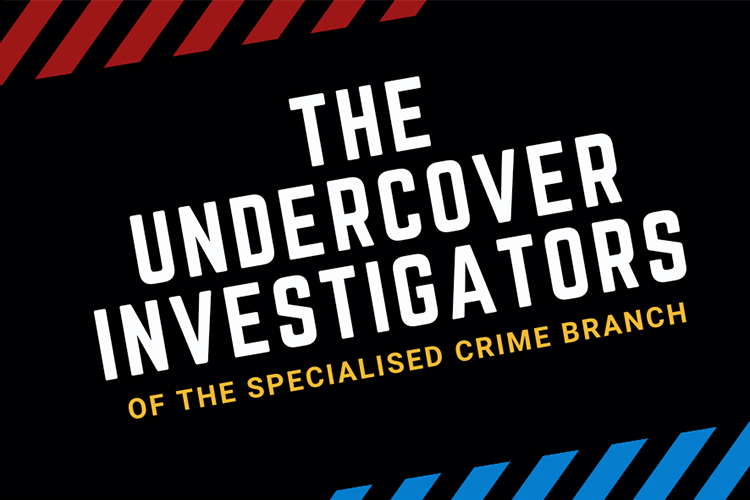
The Specialised Crime Branch (SCB) has a rich and distinguished heritage that spans more than 135 years in Singapore. Its history dates to the setting-up of two units in the 1880s – the “Po Leung Kuk” or “Office to Protect Virtue” in 1888 and the Gambling Suppression Department in 1889.
Over the years, the units established in the 1880s gradually transformed to the Anti-Vice Branch and the Gambling Suppression Branch. In 2010, these two units merged to form the SCB.
Today, the SCB is the Singapore Police Force’s (SPF) dedicated unit for combating vice-related crimes, illegal gambling, online child sexual exploitation and trafficking-in-persons. As an integral part of the CID, the SCB plays a vital role in upholding law and order by targeting and dismantling criminal networks.
SCB officers undergo extensive training to develop their skills in undercover sting operations, intelligence-gathering, surveillance, executing targeted missions and investigating syndicated crimes. Police Life speaks to two veteran SCB officers to learn more.
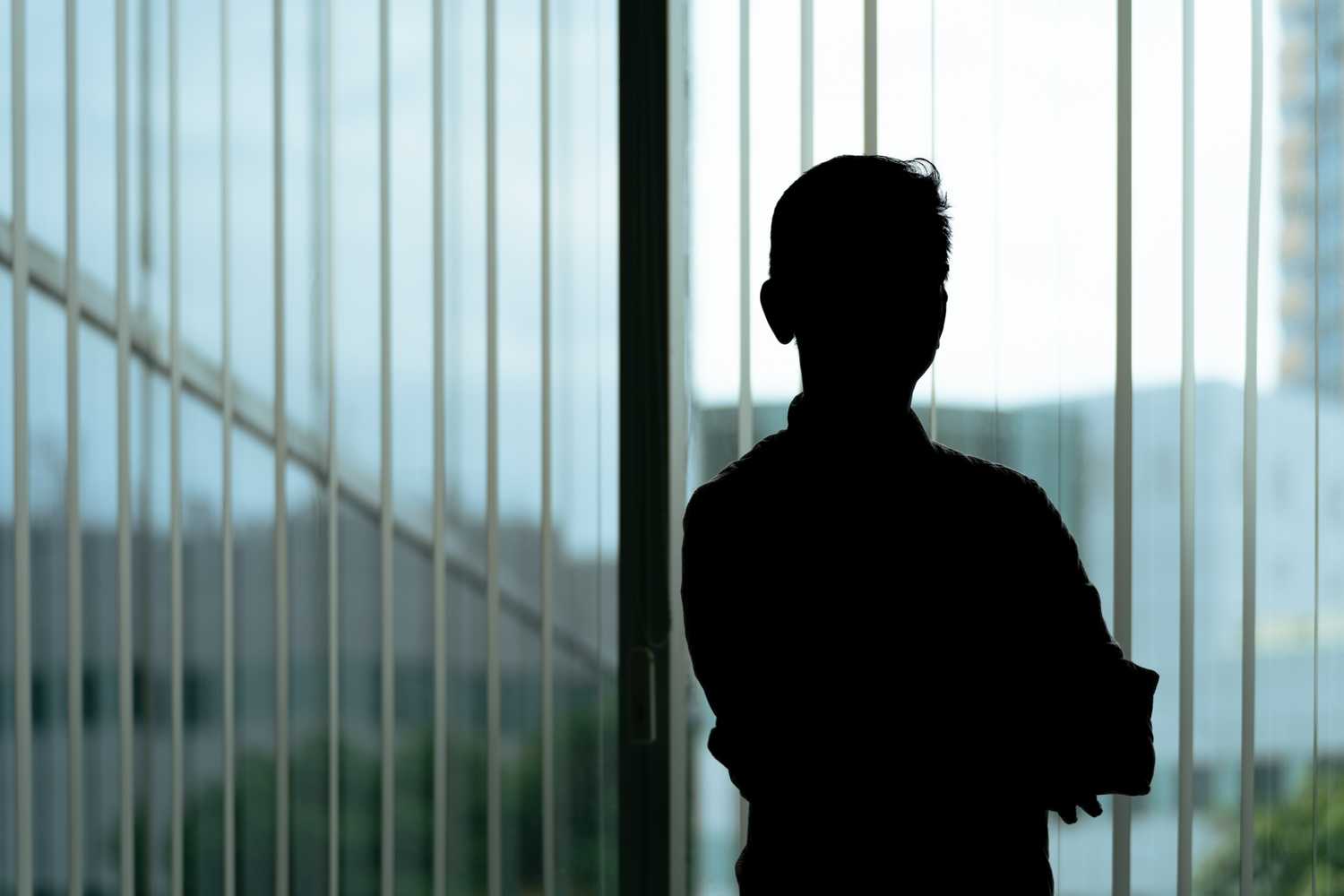
A SEASONED SENTINEL
With a career spanning 40 years in the SPF, 59-year-old Senior Investigation Officer (SIO) Paul (not his real name) has held various policing roles, ranging from Watch Team officer in Ang Mo Kio Division to ampai (detective). For over 15 years, he was deployed in the CID and currently coordinates operations for the SCB. SIO Paul’s responsibilities include processing information, planning operations, conducting investigations, and gathering evidence for prosecution purposes.
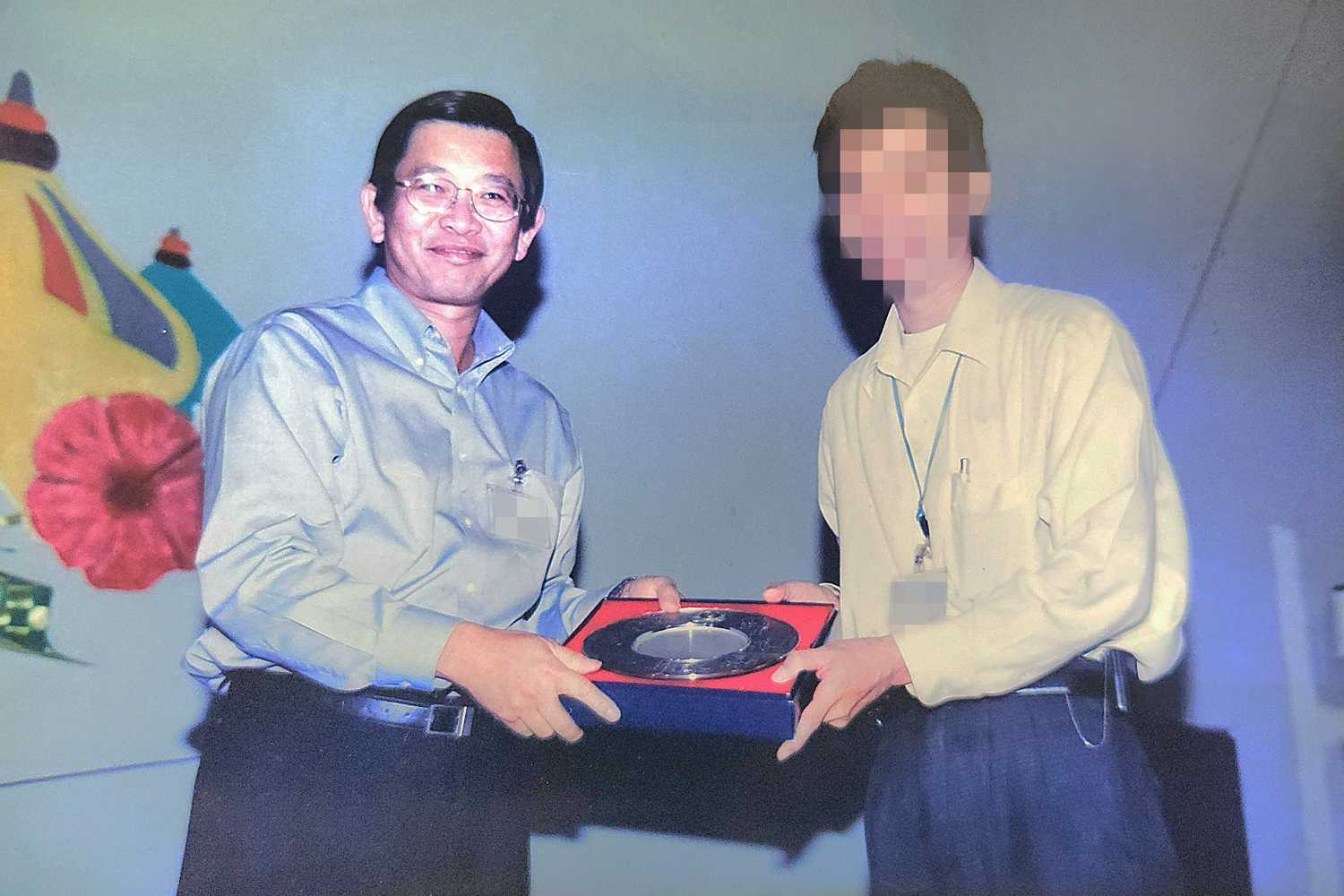
What motivated you to join the SPF?
I'd never considered joining the SPF to be a Police officer until my teenage years when I witnessed one of my friends being assaulted by a group of gangsters. That experience ignited a strong determination within me to join the Force, apprehend such gangsters and keep our community safe.
What’s been your most memorable incident as an officer?
Conditions on the ground are highly dynamic, as I learnt as a younger officer. In the 1980s, I joined the Special Task Force in Ang Mo Kio Division and was assigned to handle theft, robbery, and housebreaking cases. During one of my patrols, a male suspect fled from me, leading to a chase. He finally stopped outside a flat on the fourth floor of an HDB block.
I confronted the suspect and instructed him to face the wall. While I was requesting backup, the suspect, who was bigger than me, suddenly grabbed my leg. This caused me to hit my head – hard – on the wall. The suspect then hit me several times before trying to lift me over the parapet. I managed to secure my legs on the railing before my partner arrived to subdue and arrest the suspect.
What are you most proud of during your time in the SCB?
I'm fortunate to have had a multifaceted career. I was part of the pioneering team that provided guidance on vice enforcement to the Crime Control and Compliance Management Units in our Land Divisions. These units now play an essential role in our frontline operations. Additionally, I provided training to officers from the Immigration & Checkpoints Authority (ICA) to help them identify potential offenders.
But what I'm most glad to have done is to share my operational and investigative knowledge with fellow officers over the decades. This helps them to gain valuable insight and skills so that we can continue to ensure Singapore’s safety and security.
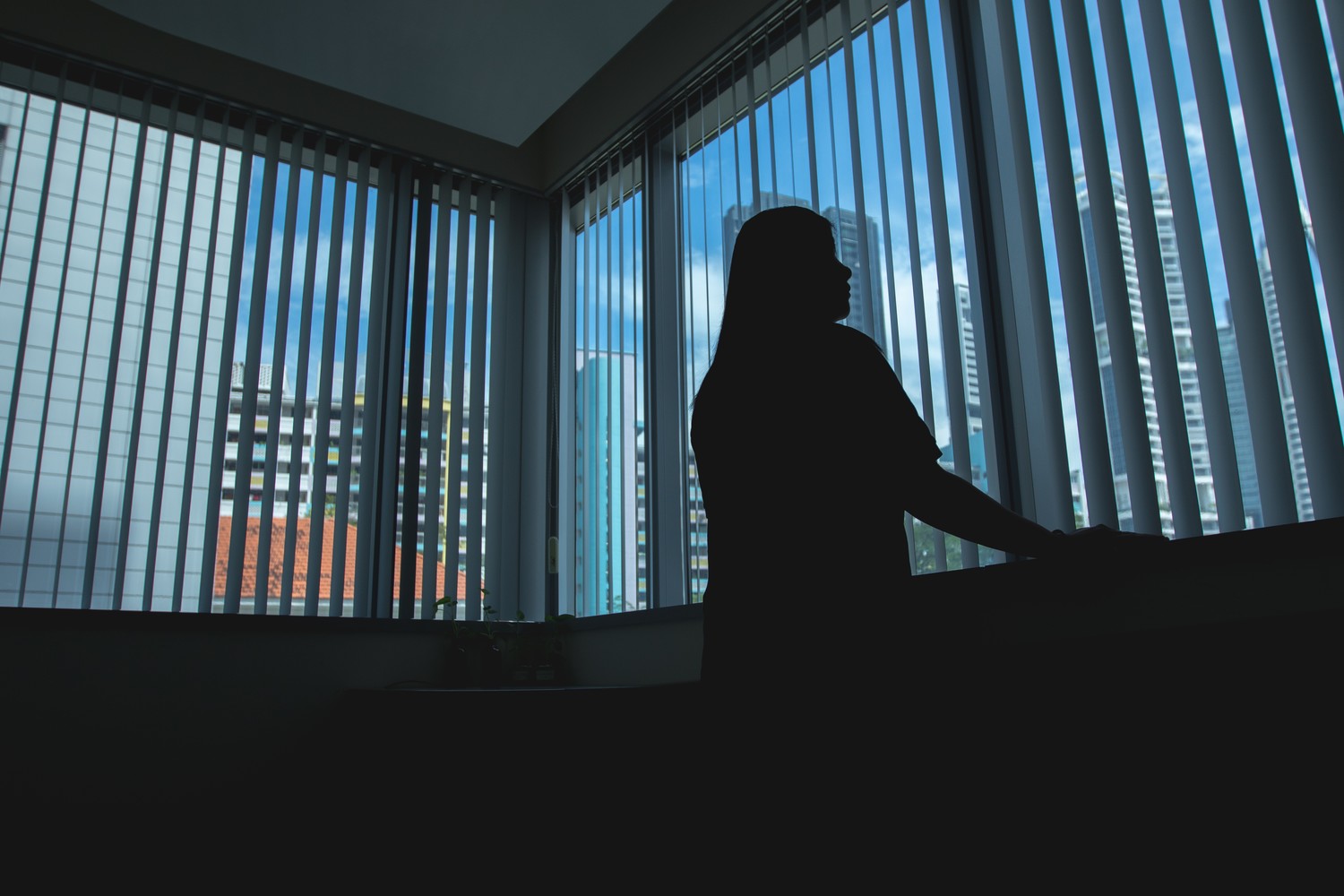
TAKING OFFENDERS TO TASK
SIO Nora (not her real name) is presently the longest-serving female officer in the SCB, and one of the longest-serving female officers in the SPF. Having joined the Force in 1990, SIO Nora was first posted to the former Geylang Division before joining the CID as a Field Detective in 1998. There, she rose to become the Lead Detective, handling cases related to vice, gambling and trafficking-in-persons. SIO Nora investigates vice-related cases and supports other SCB operations.
How did joining the SPF over 30 years change you as a person?
I used to be shy during my younger days and didn't dare to talk to strangers. But after joining the Force, I built up confidence from serving as an officer and helping people daily. I also realised that I'm good at planning and organisational matters, which is part of our work as officers too.
Did you face any challenge as a pioneering female officer in the CID?
No, as we were equally capable in our work. This included conducting operations, arrests and raids as well as leading intensive investigations.
What are some of the roles you’ve taken on at the SCB?
Besides my primary investigative role, I’m a member of the Disaster Victim Identification (DVI) group. We help to identify victims of mass casualty incidents, either man-made or natural. We may also be activated to join other DVI groups from all over the world at incident sites in other countries to offer support.
A coordinated international effort can speed up the recovery and identification of victims, enabling families to begin the healing process and help societies rebuild. In the event of a terrorist incident, DVI can also help to identify possible investigative leads.
I was activated during the 2004 Indian Ocean earthquake and tsunami disaster. More than 450 Singaporeans were holidaying in Phuket at the time, and nine of them lost their lives. I was manning the DVI Command Post in the ICA. My primary responsibilities were to assist and handle any queries from concerned families in Singapore.

What is your most memorable incident?
In the early 2000s, we conducted an operation and arrested more than 200 subjects. Back then, we only had about 20 officers, but we worked really well together as a team. For this operation, I stayed awake for almost 48 hours. Despite being physically and mentally exhausted, I felt satisfied that the operation was a success.
What are you most proud of as an officer in the SCB?
Much planning and coordination go into major enforcement operations.
I'm always proud to be able to contribute to the successful prosecution of offenders who live on the earnings of those involved in illegal vice activities. Seeing such suspects undergo investigations, face charges and finally be convicted in court gives me a sense of satisfaction.
The SCB plays a vital role in upholding law and order by targeting and dismantling criminal networks. Did you know that the SCB has a dedicated workspace called the Cyber Guardian Lab, for IOs to investigate offences related to child sexual abuse? Also, hear from DSP Tew as an Anti-Gambling Investigator in the SCB!


